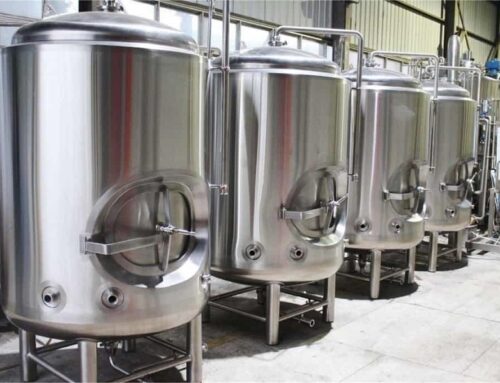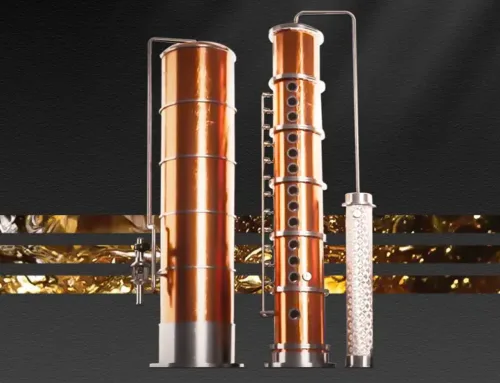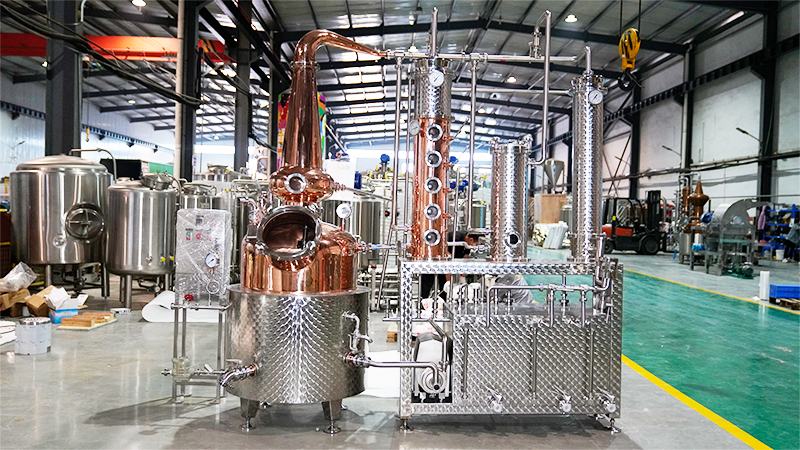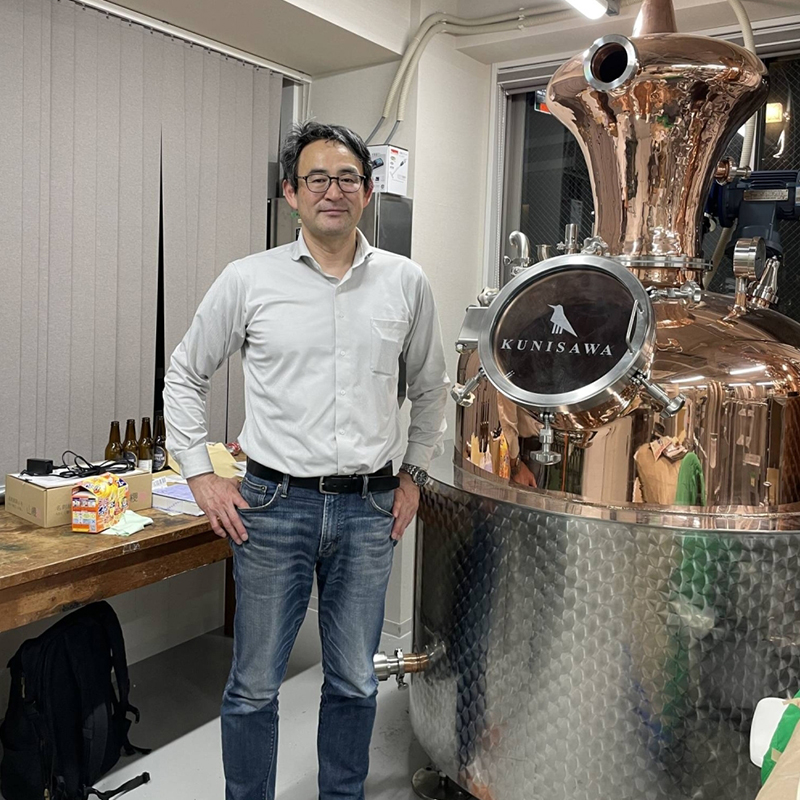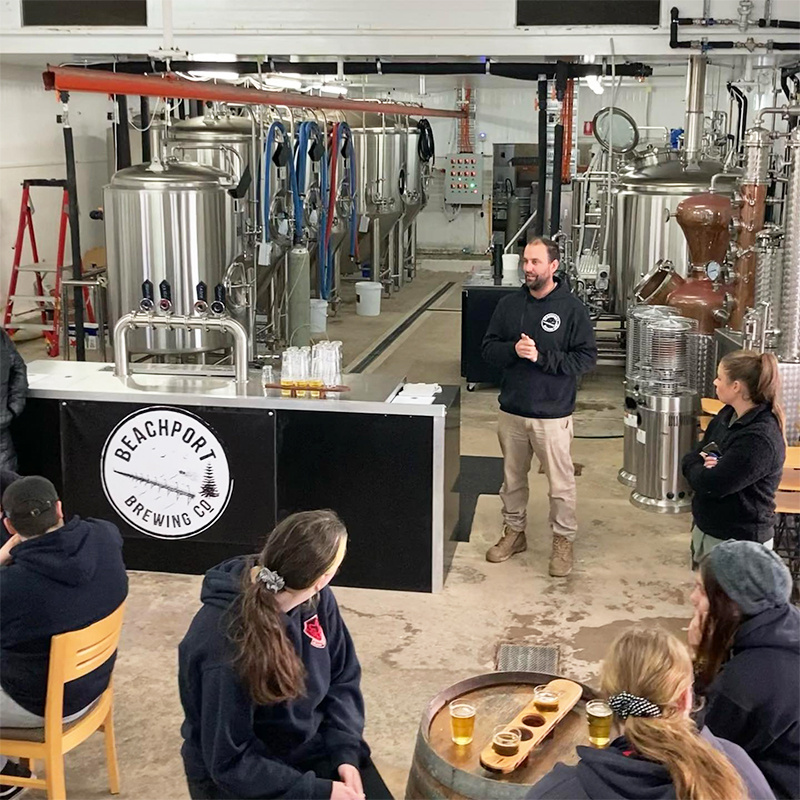
How to produce a double column still
As the global spirits industry continues to improve craftsmanship and innovation, brewers are increasingly turning to specialized equipment to achieve high quality and versatility. One of the most efficient and respected systems is the double column still, which combines traditional craftsmanship with modern engineering technology.
The double column still consists of two independent boiling vessels (stills) connected to a common distillation column. This unit has significant advantages:
Continuous or semi-continuous distillation
Increases production without compromising quality
Efficient separation and purification of alcohol vapors
Each still can work alternately to provide heat and steam to the distillation column, ensuring smoother operation and less downtime. The shared distillation column allows for fine control of alcohol purity and aroma characteristics – essential for the production of high-quality spirits.
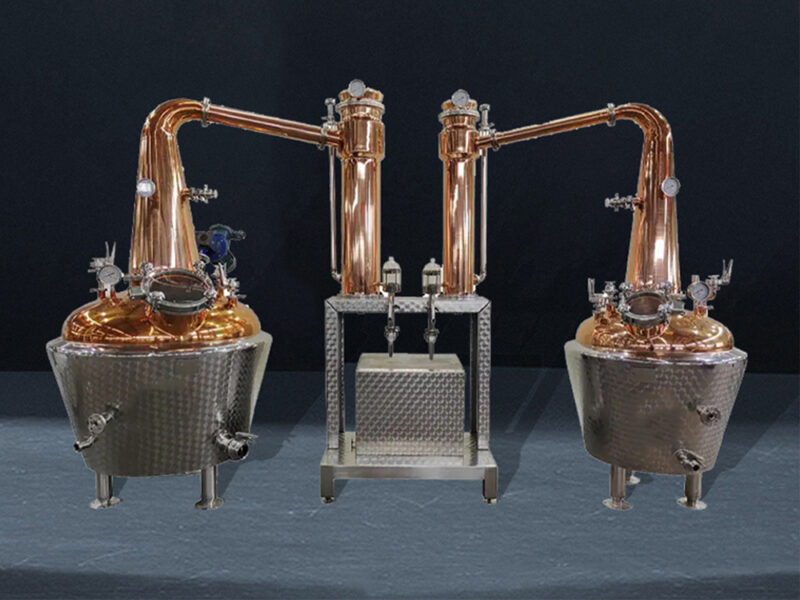
The manufacturing process of the double column still is precise and relies on advanced metallurgy, mechanical engineering and processes. Its typical production process is as follows:
1. Material selection
High-quality 304 or 316L stainless steel is standard, sometimes combined with copper parts in the distillation column or distillation cap to better remove sulfur compounds and enhance the aroma of the wine. All materials are selected in accordance with food-grade safety standards, corrosion resistance and long-term durability.
2. Still manufacturing
Each still is made of rolled stainless steel plates, welded into a cylindrical shape and reinforced with an insulating jacket for efficient heating. Depending on the type of energy source for the still (electricity, steam or open fire), an internal stirrer or steam jacket can be integrated.
3. Still structure
The still adopts a bubble plate or sieve plate design to achieve single-pass multi-stage distillation. Its height and number of stages are calculated according to the required ABV (alcohol content) and type of spirit.
4. Integration and piping
A complex network of valves, sight glasses, piping and condensers is installed to achieve seamless switching between stills and optimal control of steam flow. Modern systems are also equipped with PLC or touch screen automation panels for temperature, reflux ratio and time management.
5. Quality Testing
Each still is rigorously tested for pressure, leaks and performance before delivery. This ensures that it is safe, meets international standards (e.g. CE, ASME) and is ready to distill immediately after installation.
The double-column still is particularly popular among medium-to-large craft breweries due to its balance between output and flexibility. It can:
Higher output than a single-column system
Improved spirit purity and quality through enhanced separation
Efficient batch processing with minimal downtime
Whether producing neutral spirits or flavorful botanical infusions, this still can support a variety of production goals in a precise and repeatable manner.
The production of the double-column still reflects the exquisite fusion of traditional distillation principles and modern industrial manufacturing. For breweries that pursue efficiency, control and stable quality, investing in such a system is a forward-looking move. With a double-column still, you are not only producing spirits, but also passing on the classics.

